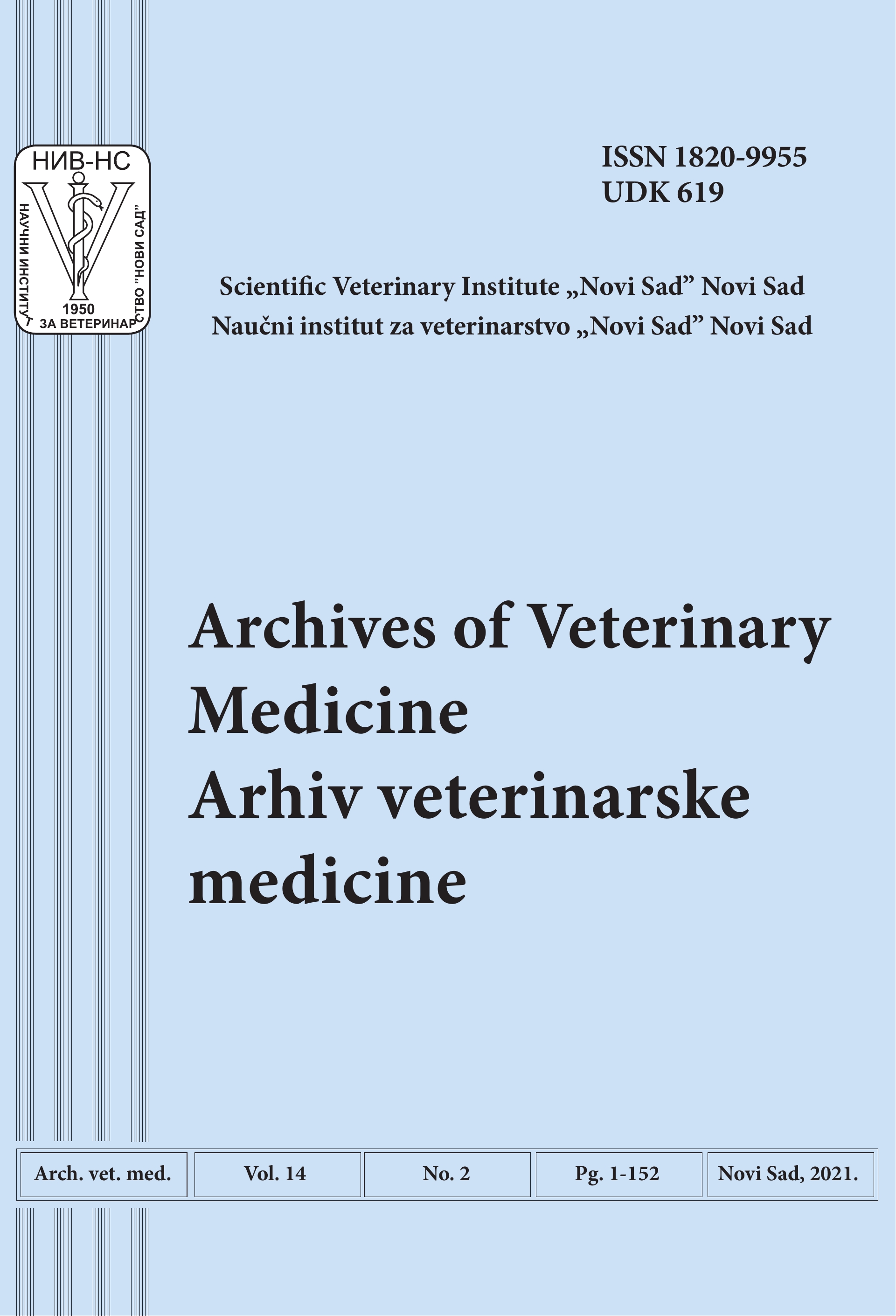Abstract
In this pilot study, a method for the determination of phthalates in honey was developed. The following phthalates are included: diethyl phthalate, di-isobutyl phthalate, di-n-butyl phthalate, bis (2-Ethylhexyl) phthalate, and di- (n-octyl) phthalate. For the preparation of the samples, the method of liquid-liquid extraction with hexane with an ultrasonic bath was used. The analysis of the prepared samples was performed using gas chromatography and a mass detector. The method is reliable, sensitive, and reproducible with a detection limit of 0.28 - 1.38 ug/kg. This paper presents the results of testing samples of honey stored in glass and plastic packaging for three years in order to determine the migration of phthalates. Dimethyl phthalate was not found in the tested samples. Diethyl phthalate in glass samples from glass packaging was below the LOQ, and it ranged from 2.1 to 4.11 µg / kg in the samples of honey in plastic packaging. The values of di-isobutyl phthalate, di-n-butyl phthalate and bis (2-ethylhexyl) phthalate ranged between 5.32 and 22.60 µg / kg respectively;1.32 – 27.80 µg/kg; 4.45-19.19 µg/kg; di-(n-octyl) phthalate and di-methyl phthalate were < LOQ

This work is licensed under a Creative Commons Attribution 4.0 International License.
Copyright (c) 2022 Archives of Veterinary Medicine
